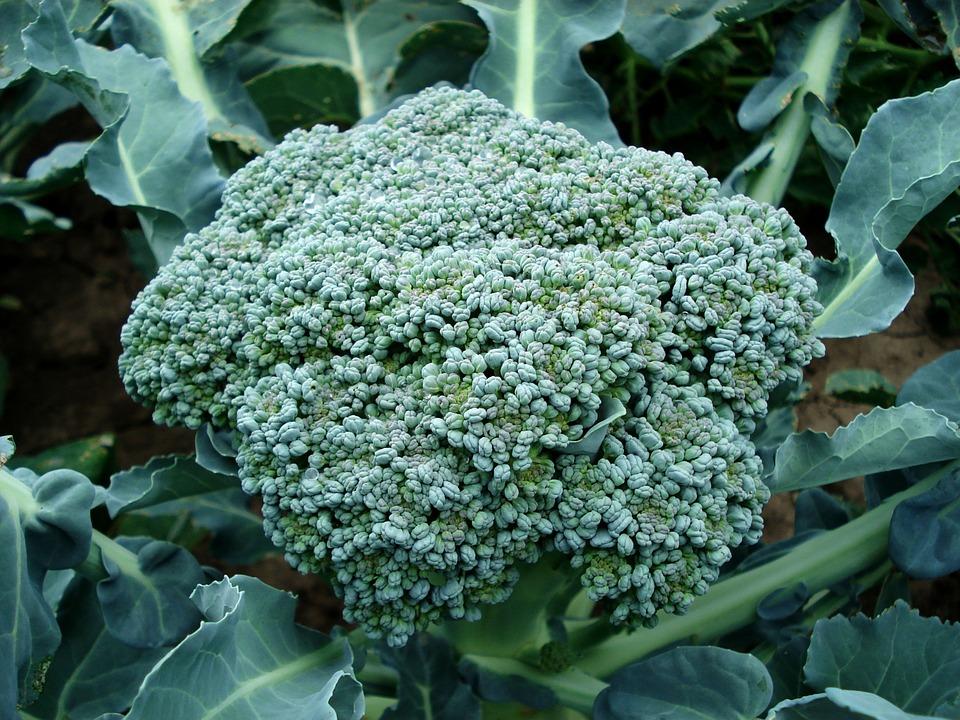
How to Grow & Harvest : Broccoli
The “crown jewel of nutrition” in the vegetable family, providing you with vitamins and minerals, and is a good source of Vitamin A, potassium, folic acid, iron, and fiber. Did you know broccoli is a member of the cabbage family?
Growing:
Broccoli requires a space that will receive full sunlight daily, as well as be planted in aerated soil that is moist but drains easily. When the plant reaches 2-3 inches tall, you’ll want to thin it back or else it will put most of its energy into growing the side stems rather than the main broccoli head. This is a plant that you definitely want to provide mulch to. Since the broccoli roots are so shallow, the mulch can actually suffocate the weeds from growing. Mulch will also help to keep the soil temperature down and result in the broccoli requiring less water.
Watering:
Water your broccoli plants a minimum of 1 inch or 1.5 inches per week. The plant will require more water in higher heat, so keep an eye on the moisture level of the soil during extended heat waves. When watering, do your best to avoid getting water on the head of the broccoli as it can encourage rot and ruin your crop. It is best to aim the water directly at the soil roots for best results.
Pests/Diseases:
If the bottom and top leaves of your broccoli turn yellow, it means that the soil is lacking blood meal and nitrogen. Simply apply a light dusting to the soil every few days until you see the leaves return to their original color.
Downy mildew: This will begin to appear as yellow spots on the broccoli leaves, and is caused by consistently moist temperatures. To prevent this, ensure the soil is aerated and keep the leaves as dry as possible.
Clubrot: can be recognized when the entire plant is wilted and is due to a fungus in the soil. The only way to deal with this is to remove the entire plant and root system from the garden. If the roots are misshapen and bent that means it was suffering from club root. If you were to leave the affected plant in the garden, the fungus will quickly spread through the soil and begin affecting your other plants.
Harvesting:
Though broccoli plants typically produce one main head, once it is harvested your broccoli will continue to grow smaller crowns that can be enjoyed in the later months of the season. It is best to harvest broccoli in the morning, this is when the heads with be the tightest and easiest to harvest. We want to harvest broccoli before it begins to petal, so once you see yellow flowers starting to form, harvest it immediately. The quality of the broccoli will reduce the longer it is left to grow once it has flowered. You’ll want to cut the heads of the plant, taking at least 6 inches of the main stem. When cutting, make a slanted cut to ensure that the water can drip down off instead of pooling on the top of the stem. The broccoli head will typically be between 4-7 inches when it is ready to be harvested. The florets on the main head of broccoli should be a deep green color.
Have you ever sauteed broccoli? It may sound weird, but if you place an onion and chopped garlic into a pan with oil and saute, add your broccoli and some seasoning. This type of cooking will maintain all of the nutrients that broccoli offers rather than boiling or steaming them out. It will also slightly cook the broccoli while maintaining its crunch.